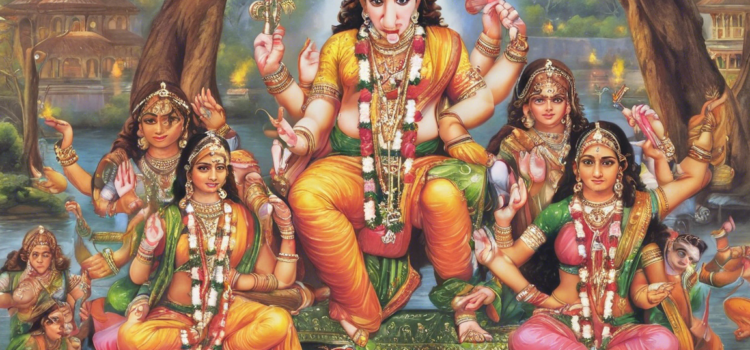Introduction
Pradosh Vrat, also known as Pradosh fast, is a significant observance in Hindu culture that is dedicated to Lord Shiva. It falls on the thirteenth day (trayodashi) of both the waxing and waning phases of the moon every month. Devotees fast from sunrise to sunset on this day and perform puja and offer prayers to seek the blessings of Lord Shiva. The Pradosh Vrat is believed to be an auspicious day to worship Lord Shiva and seek his divine grace for the fulfillment of wishes and the removal of obstacles.
Significance of Pradosh Vrat
The Pradosh Vrat holds great significance in Hindu mythology and traditions. It is believed that observing this fast with devotion and sincerity can result in the fulfillment of desires, the removal of sins, and the attainment of spiritual growth. According to religious scriptures, the Pradosh Vrat is highly auspicious and holds the potential to bring prosperity and happiness into the lives of devotees.
Pradosh Vrat Rituals and Puja Vidhi
Devotees observing the Pradosh Vrat follow a set of rituals and puja vidhi to please Lord Shiva and seek his blessings:
- Morning Preparation: The day of Pradosh Vrat begins with devotees taking a bath and wearing clean clothes.
- Fasting: Devotees observe a strict fast from sunrise to sunset on the day of Pradosh Vrat.
- Puja Items: The necessary puja items include incense sticks, diyas, fruits, flowers, milk, curd, honey, ganga jal, and other offerings.
- Puja Vidhi:
- Begin the puja by purifying oneself and the puja space.
- Light the diya and incense sticks and offer prayers to Lord Shiva.
- Offer bel patra, fruits, milk, curd, honey, and other items to the shivling.
- Recite mantras dedicated to Lord Shiva and seek his blessings.
- Conclude the puja with aarti and distribution of prasad among family members.
Dates and Timings of Pradosh Vrat
The Pradosh Vrat falls twice in a month, once during the waxing phase of the moon (Shukla Paksha) and once during the waning phase of the moon (Krishna Paksha). The timings and dates of Pradosh Vrat may vary based on the lunar calendar and the geographical location. However, the most common dates for observing the Pradosh Vrat are the 13th day of the Hindu calendar month which falls on Trayodashi.
Frequently Asked Questions (FAQs)
Q1. What is the significance of Pradosh Vrat?
A1. The Pradosh Vrat is considered highly auspicious in Hindu culture and is believed to bring blessings, prosperity, and fulfillment of desires to devotees. It is dedicated to Lord Shiva and is observed with great devotion.
Q2. How is Pradosh Vrat observed?
A2. Devotees observe a strict fast from sunrise to sunset on the day of Pradosh Vrat. They perform puja rituals, offer prayers to Lord Shiva, and seek his divine blessings for well-being and prosperity.
Q3. When does Pradosh Vrat occur every month?
A3. The Pradosh Vrat falls twice every month, once during the waxing phase of the moon (Shukla Paksha) and once during the waning phase of the moon (Krishna Paksha). It occurs on the 13th day of the Hindu calendar month.
Q4. What are the benefits of observing Pradosh Vrat?
A4. Observing the Pradosh Vrat with devotion is believed to bring numerous benefits, including the fulfillment of desires, removal of sins, spiritual growth, and overall prosperity in life.
Q5. Can anyone observe Pradosh Vrat?
A5. Yes, anyone can observe the Pradosh Vrat with faith and devotion towards Lord Shiva. It is a popular fast observed by both men and women seeking the blessings of the divine.
Q6. What are the specific timings for Pradosh Vrat puja?
A6. The specific timings for the Pradosh Vrat puja may vary based on the lunar calendar and the geographical location. It is ideal to consult a Hindu calendar or a priest for accurate timings in your region.
Q7. Can pregnant women observe Pradosh Vrat?
A7. Pregnant women are advised to consult with their healthcare provider before observing any fast, including Pradosh Vrat. It is essential to ensure the well-being of both the mother and the baby during pregnancy.
Q8. Is it necessary to visit a temple to observe Pradosh Vrat?
A8. While visiting a temple for Pradosh Vrat is ideal, devotees can also observe the fast and perform puja rituals at home with sincerity and devotion. The most important aspect is to have faith and devotion towards Lord Shiva.
Q9. Can non-Hindus observe Pradosh Vrat?
A9. The Pradosh Vrat is primarily a Hindu observance dedicated to Lord Shiva. However, individuals from any faith or background can participate in the fast as a form of spiritual practice, seeking blessings, peace, and prosperity.
Q10. Are there any specific mantras to be chanted during Pradosh Vrat?
A10. Yes, there are specific mantras dedicated to Lord Shiva that can be chanted during the Pradosh Vrat puja. Some common mantras include the Maha Mrityunjaya Mantra, Om Namah Shivaya, and Shiva Stotram, among others.
In conclusion, the Pradosh Vrat is a sacred observance in Hindu culture that holds great significance for devotees seeking the blessings of Lord Shiva. By observing the fast with devotion, performing puja rituals, and seeking the divine grace of Lord Shiva, devotees aim to bring prosperity, happiness, and spiritual growth into their lives. The dates and timings of the Pradosh Vrat may vary, but the essence of devotion and faith remains constant in the hearts of devotees who observe this auspicious fast.
